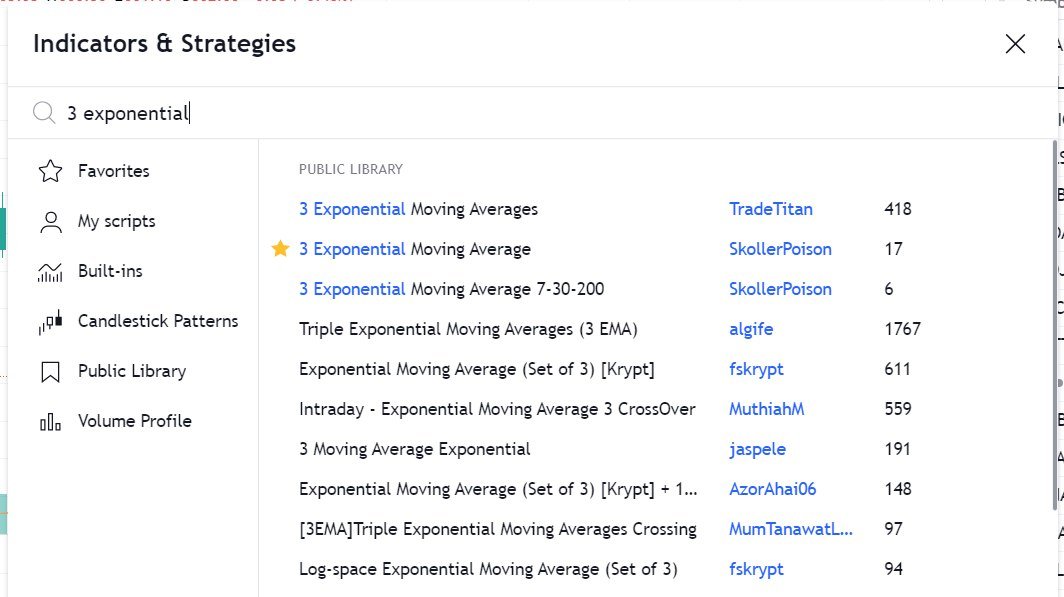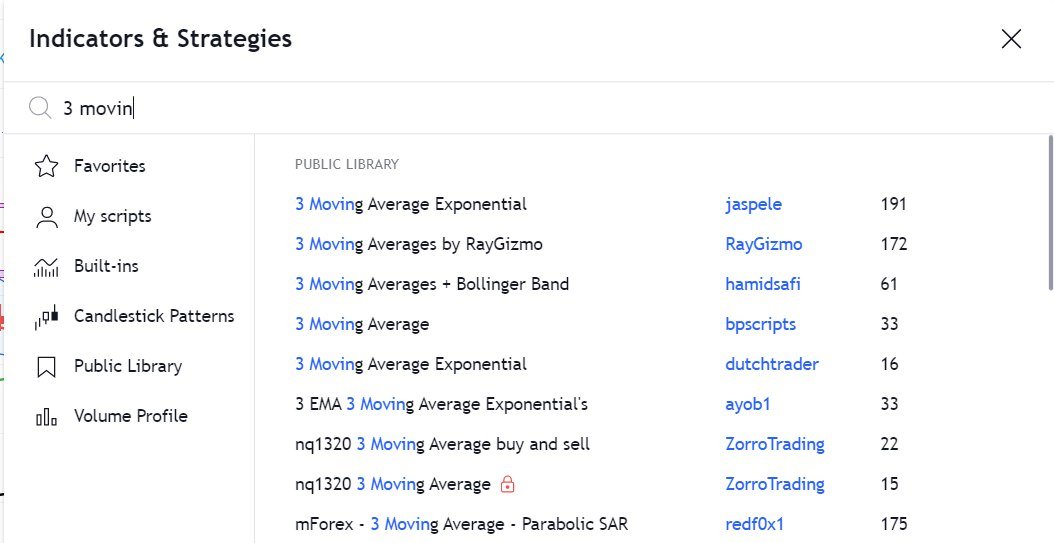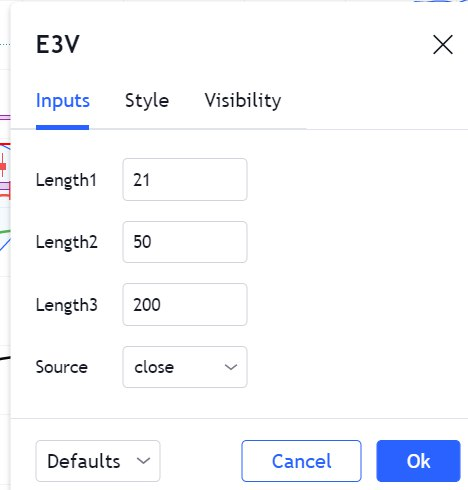
Breakout Trading Strategy
How to Trade Breakouts Effectively?
How to avoid Big losses in BO Failures ?
How to Position Size?
A THREAD🔖
RETWEET SHARE!🔄
@kuttrapali26 @AdityaTodmal
1/n
How to Trade Breakouts Effectively?
How to avoid Big losses in BO Failures ?
How to Position Size?
A THREAD🔖
RETWEET SHARE!🔄
@kuttrapali26 @AdityaTodmal
1/n
What is Breakout ?
A breakout is a stock price moving outside a defined support or resistance level with increased volume.
Always trade breakouts in uptrend for high win ratios
Source : Google
2/n
A breakout is a stock price moving outside a defined support or resistance level with increased volume.
Always trade breakouts in uptrend for high win ratios
Source : Google
2/n

How to set targets
Always set targets based on resistance on charts
There shouldn’t be target blindly without any logic
Always have multiple targets based on time horizon
Short term targets are near resistances and long term targets are far resistance
AMARARAJA BATTERY
3/n

Always set targets based on resistance on charts
There shouldn’t be target blindly without any logic
Always have multiple targets based on time horizon
Short term targets are near resistances and long term targets are far resistance
AMARARAJA BATTERY
3/n


How to enter a trade?
1.Never enter more than 50 % of quantity in single go
Why ?
2. If stop loss hits then loss will be minimal
3. If price advances in your favour then you can add more 50% in tranches
4. Use of alerts at exact buy points
EXAMPLE : IRBINFRA
4/n
1.Never enter more than 50 % of quantity in single go
Why ?
2. If stop loss hits then loss will be minimal
3. If price advances in your favour then you can add more 50% in tranches
4. Use of alerts at exact buy points
EXAMPLE : IRBINFRA
4/n
How to enter ?
Now add 50% at breakout region that was 140
If stock goes max 3% above breakout avoid adding
If stock goes to 147 then that is a wrong place to add stocks
Your adding should be done at breakout point only using alerts
Use alerts to not miss these price ticks
5/n
Now add 50% at breakout region that was 140
If stock goes max 3% above breakout avoid adding
If stock goes to 147 then that is a wrong place to add stocks
Your adding should be done at breakout point only using alerts
Use alerts to not miss these price ticks
5/n

Generally stop loss should be considered as previous swing
As long as stock is holding the swing it is good to go upside
In IRB the it should be 120-123 region
If the stop loss is too big > 10% then its better to avoid the trade
If its in limit then only enter a trade
6/n
As long as stock is holding the swing it is good to go upside
In IRB the it should be 120-123 region
If the stop loss is too big > 10% then its better to avoid the trade
If its in limit then only enter a trade
6/n
What happend next ?
1. Pullback should always have less volumes
2. After confirmation of bullish signs at breakout region you can further add some 30% more near 140 to 145
3. So the total position is now at 80% and hold
4. Aggresive can add Whole 50% on pullback
7/n
1. Pullback should always have less volumes
2. After confirmation of bullish signs at breakout region you can further add some 30% more near 140 to 145
3. So the total position is now at 80% and hold
4. Aggresive can add Whole 50% on pullback
7/n

5. If stock moves up then keep holding and you can add more 20% once some resistance breaks
6. Else keep holding the cash and add when stock falls some
7. If overall market corrects mostly breakouts fail
8/n
6. Else keep holding the cash and add when stock falls some
7. If overall market corrects mostly breakouts fail
8/n

Next few days ?
1. The stock has huge volumes and stock is in huge demand
2. Stock touches high of 167 from 140 levels
3. Once the base is formed at these levels that is consolidation then more quantity can be added using trailing stop loss
4. Setting Target using Resistanc
9/n

1. The stock has huge volumes and stock is in huge demand
2. Stock touches high of 167 from 140 levels
3. Once the base is formed at these levels that is consolidation then more quantity can be added using trailing stop loss
4. Setting Target using Resistanc
9/n


Case 2: MothersonSumi Failed Breakout
1. Stock breakouts from resistance
2. Resistance at 250 region so you take position at this level added 50% qty
3. Never ever take trade at higher level during breakout
4. You will get trapped 90% times and be sitting at huge loss
10/n
1. Stock breakouts from resistance
2. Resistance at 250 region so you take position at this level added 50% qty
3. Never ever take trade at higher level during breakout
4. You will get trapped 90% times and be sitting at huge loss
10/n

STOP LOSS ?
Most of the retailers get trapped at these momentum based trades
You stop loss is near last swing that is near last swing that is around 230 rs
Check RISK REWARD in each trade
So risk is around 20 Rs reward should be 40 min
11/n
Most of the retailers get trapped at these momentum based trades
You stop loss is near last swing that is near last swing that is around 230 rs
Check RISK REWARD in each trade
So risk is around 20 Rs reward should be 40 min
11/n
Next days
1. Candle is formed at pullback but is it bullish or bearish?
2. Its completely bearish candlestick
3. Bearish marubuzu with no tails at prev breakout region
Position shouldn’t be added at this point
12/n
1. Candle is formed at pullback but is it bullish or bearish?
2. Its completely bearish candlestick
3. Bearish marubuzu with no tails at prev breakout region
Position shouldn’t be added at this point
12/n

Stock forms doji at breakout point
Time to add some qty around 30 % so total position is at 80%
Now having cash for more adding
Few days later:
13/n

Time to add some qty around 30 % so total position is at 80%
Now having cash for more adding
Few days later:
13/n


Stock falls near our stop loss and you can see it reverses exactly from those levels
Now is the time to add at near support as risk is minimun at this point add 20%.
Your qty at 100%
Now you have averaged it and minimized your price
If stop loss hits exit at loss on 80% qty
14
Now is the time to add at near support as risk is minimun at this point add 20%.
Your qty at 100%
Now you have averaged it and minimized your price
If stop loss hits exit at loss on 80% qty
14
EXIT RULES :
Exit depends upon your time horizon to hold the stock
If for swing trade then exit at resistances
Exit some 50% at 1st resistance and keep holding the stock
If the resistance breaks then 50% exit the stock at 2nd resistance
END
DO comment For doubts !
Exit depends upon your time horizon to hold the stock
If for swing trade then exit at resistances
Exit some 50% at 1st resistance and keep holding the stock
If the resistance breaks then 50% exit the stock at 2nd resistance
END
DO comment For doubts !
• • •
Missing some Tweet in this thread? You can try to
force a refresh
















